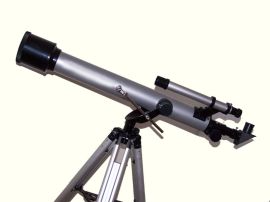 CPP Blog Central has posted a series on words associated with each MBTI personality type. If you’re an author, and you know your characters’ MBTI types, these articles are a great resource to generate ideas on how to describe them. Or, if you don’t know the character’s type, these lists might help you figure it out!
CPP Blog Central has posted a series on words associated with each MBTI personality type. If you’re an author, and you know your characters’ MBTI types, these articles are a great resource to generate ideas on how to describe them. Or, if you don’t know the character’s type, these lists might help you figure it out!
The SJ types (Guardians) share several characteristics in common, such as scheduled, organized, practical, and focused. For more specific descriptions of each type, check out each individual article:
The Personality Page type portraits also offer good descriptions. Are there any other words you would add to these lists?
Related posts:
ESFJ – ESTJ – ISFJ – ISTJ
Words to Describe Your Characters: The SPs
Words to Describe Your Characters: The NTs
Words to Describe Your Characters: The NFs
The Truth about the Myers-Briggs Personality Types
Image Copyright: samotrebizan / 123RF Stock Photo









